Follow our Wyoming field representative as he works within local communities in the Cowboy State
Recently, you heard from my colleague Julia about what it’s like to be a full-time conservation advocate in D.C.—from cab rides to Capitol Hill to reading hundreds of pages of legislation. Well, things look a little different out West.
As a part of our Western Lands team, I’m responsible for advancing the TRCP’s policy priorities for wildlife and public lands conservation here in Wyoming. Like other field reps in Oregon, Nevada, New Mexico, and other states, I’m the main contact between TRCP and hunters, anglers, partners, and decision makers in my state. This makes partnerships with other sportsmen’s groups and volunteers integral to our success. Pulling off this level of collaboration and attending hearings, meetings, and events across the state means I spend my fair share of time on the road too.
Here’s what my typical day looks like:
9:30 AM
I start most days studying my calendar, reading emails, and reviewing notes to lay out the priorities for the day. Today I have to hit the road by late afternoon for an evening meeting in our county seat of Lander, about an hour-and-a-half away, and there’s a lot to get done before I go.
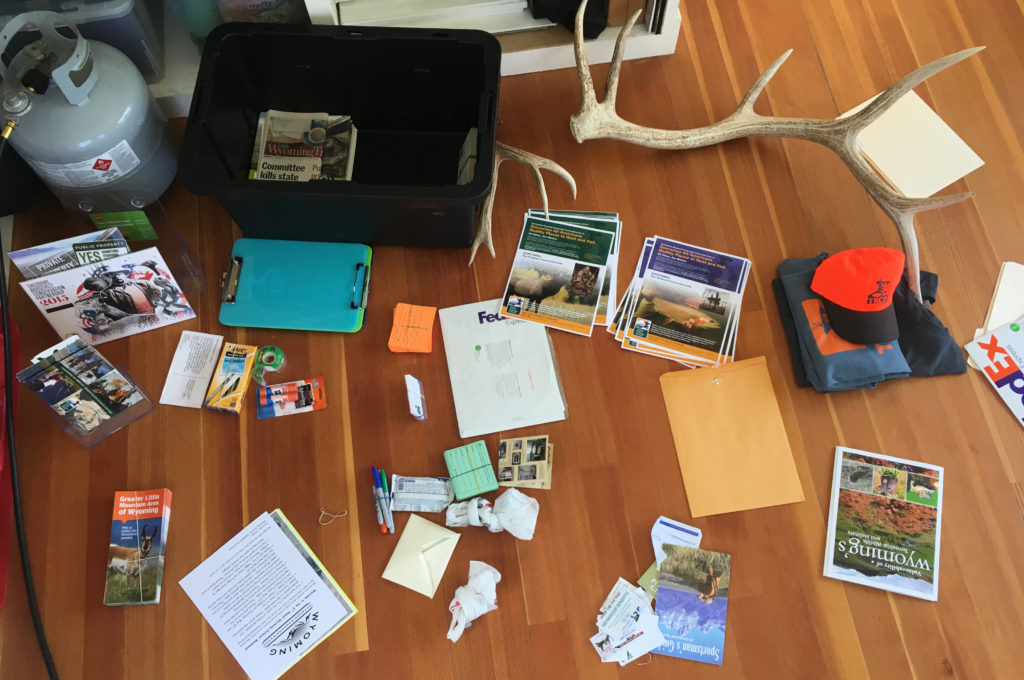
First, I reluctantly visit the mess left over from our table at the Wyoming Outdoor Weekend & Expo. The topic we focused on at the Expo was the Wyoming Public Lands Initiative, a collaborative, county-led process intended to address the status of the Wilderness Study Areas around our state. Representing sportsmen, I sit on the Fremont County committee, and this event was a great opportunity to educate people on the process and how they can engage.
Even though it means I’m on the road on the weekend, I value speaking with local sportsmen and women about our mission and the most pressing conservation concerns where they live—some of which might not be on our radar just yet. I was lucky enough to sign up 65 new TRCP members at the expo, so now I transcribe their names and emails so they can start to hear from us on important issues.
11:15 AM
Once I get all my outreach materials organized and put away, I return to my desk to figure out logistics for the next few days. The plan is to stay over in Lander tonight after the meeting and then continue to Rock Springs the next day, where I’ll meet with stakeholders and partners to discuss our work with the Greater Little Mountain Coalition and other issues. Even though I just got home on Saturday night, I pack for a few more days on the road.
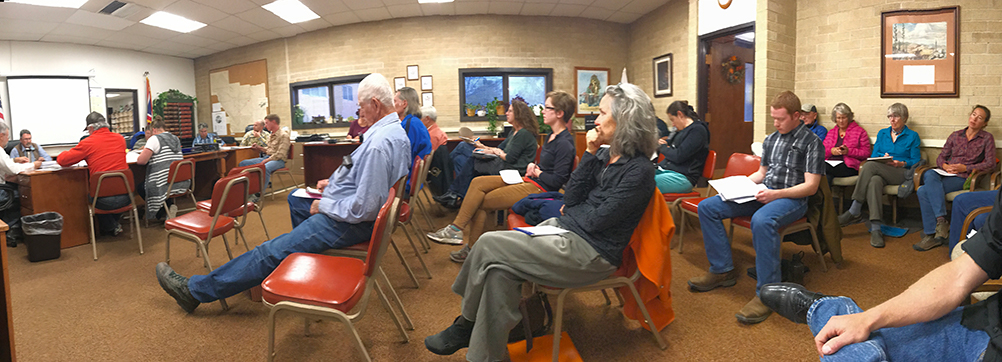
I print tonight’s agenda, review the minutes from the last meeting, and get some emails out the door. I forward an article to Earl DeGroot, TRCP’s Wyoming Ambassador, about Utah’s plans to double the cost the Division of Wildlife pays for the public to access state land. I hear from my New Mexico colleague that their state is dealing with the same issue: costs went from $200,000 to $1 million dollars per year to maintain public access on state-owned lands. This could trickle down to sportsmen through license fees and possibly even jeopardize access in the future—all the more reason to keep our national public lands in public hands.
Earl is dedicated to educating Wyoming sportsmen about the pitfalls of transferring public lands to the states, and he replies that he’s shared the news on a Facebook site he manages. He also sends me a trail-camera photo of a black bear he’s been watching on public land in anticipation of the spring bear hunt. Conversations about hunting and fishing are a regular and welcome part of my work since dedicated conservationists live and breathe this stuff.
3:00 PM
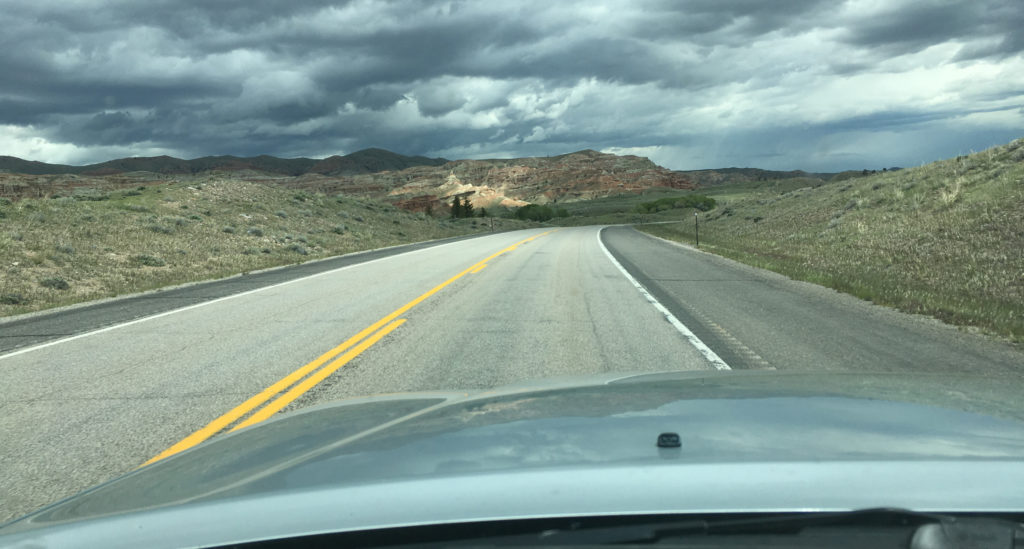
I head out the door and drive south en route to Lander. I won’t hit a single stop sign or stoplight for 75 miles, Welcome to Wyoming! The new episode of my favorite podcast, The MeatEater, keeps me company as I settle in for the beautiful drive.
Windshield time is a big part of the job for the TRCP team out West. When I’m not at home in Dubois, I’m traveling to Lander, Jackson, Rock Springs, our state capital, Cheyenne, and other communities spending between a hour-and-a-half and five hours behind the wheel each way.
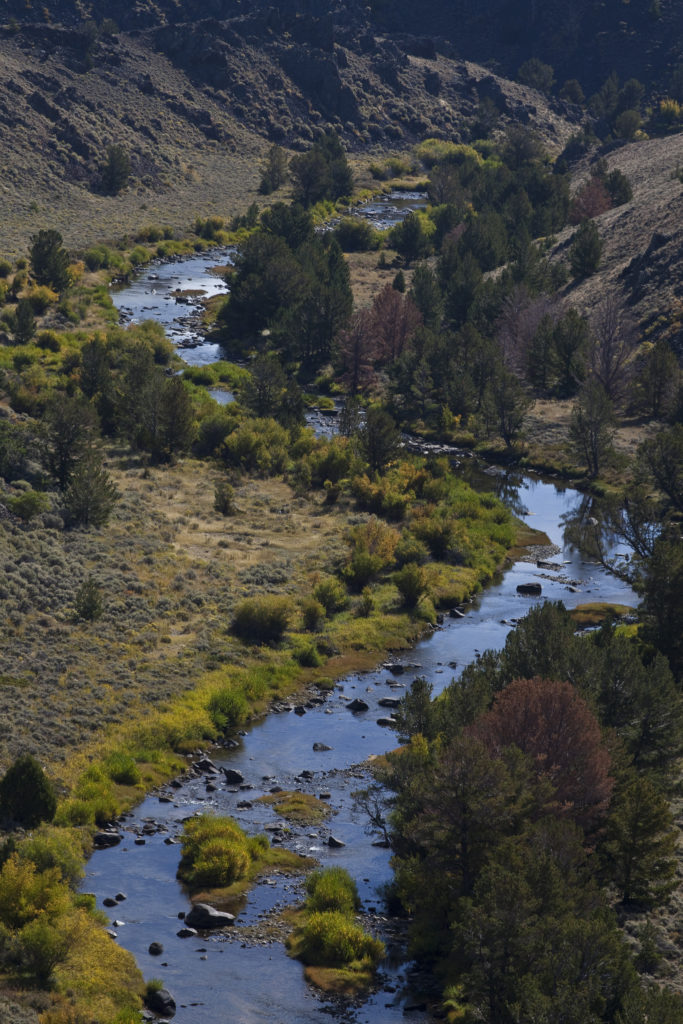
5:50 PM
I grab dinner in Lander before heading to the Fremont County Courthouse for our Wyoming Public Lands Initiative meeting. Eight other committee members sit around the large table—only our agriculture representative is missing since, like most ranchers dealing with the extended wet spring season, he’s way behind on work. Behind us in classroom-style rows are staffers from the Bureau of Land Management and Wyoming Office of State Lands and Investments, a commissioner from a neighboring county, a reporter, a rep from Wyoming Wildlife Federation that I work with often, and a few interested community members
The main focus of tonight is filling in our outline for the Sweetwater Canyon Wilderness Study Area. Anglers are deeply invested in the area since the river with the same name holds various trout species, and its remoteness coupled with the lack of development provides a great backcountry fishing experience. We already conducted a field trip to the area last summer and heard from the agencies on current management, as well as the needs of other stakeholders. After hearing public comment, agreeing on some dates for future meetings, and working out logistics for our next field trip, we spend the next two hours working through all the comments that the committee members provided prior. We discuss activities like recreation and grazing in the canyon and adjacent landownership to condense our outline down in order to create a baseline understanding prior to making a recommendation for the Canyon’s future.
8:40 PM
Once the meeting wraps up, I’m finally done with a very full workday. I head for my hotel to crash before another day on the road. It’s not always easy to be away from home and my family, but I think back to everyone I talked to at our expo booth over the weekend—the Wyoming sportsmen and women who care deeply enough about our public lands, waters, wildlife, and the future of our hunting and fishing opportunities to stop by and tell me their stories—and I feel lucky to work for something I believe in.

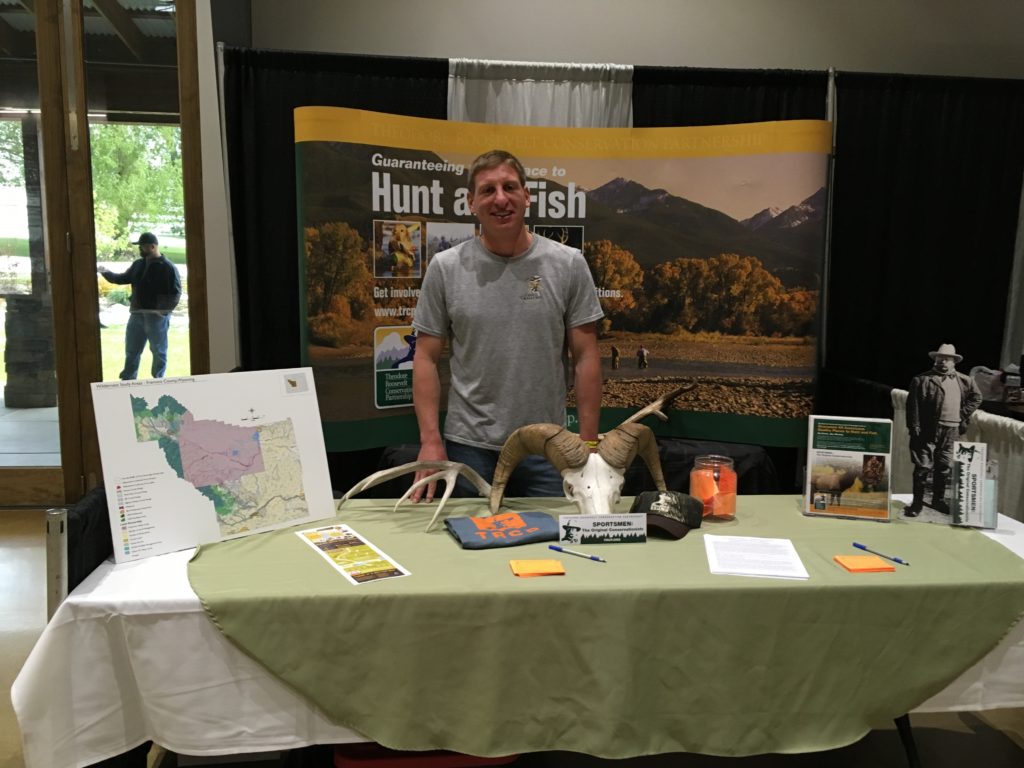
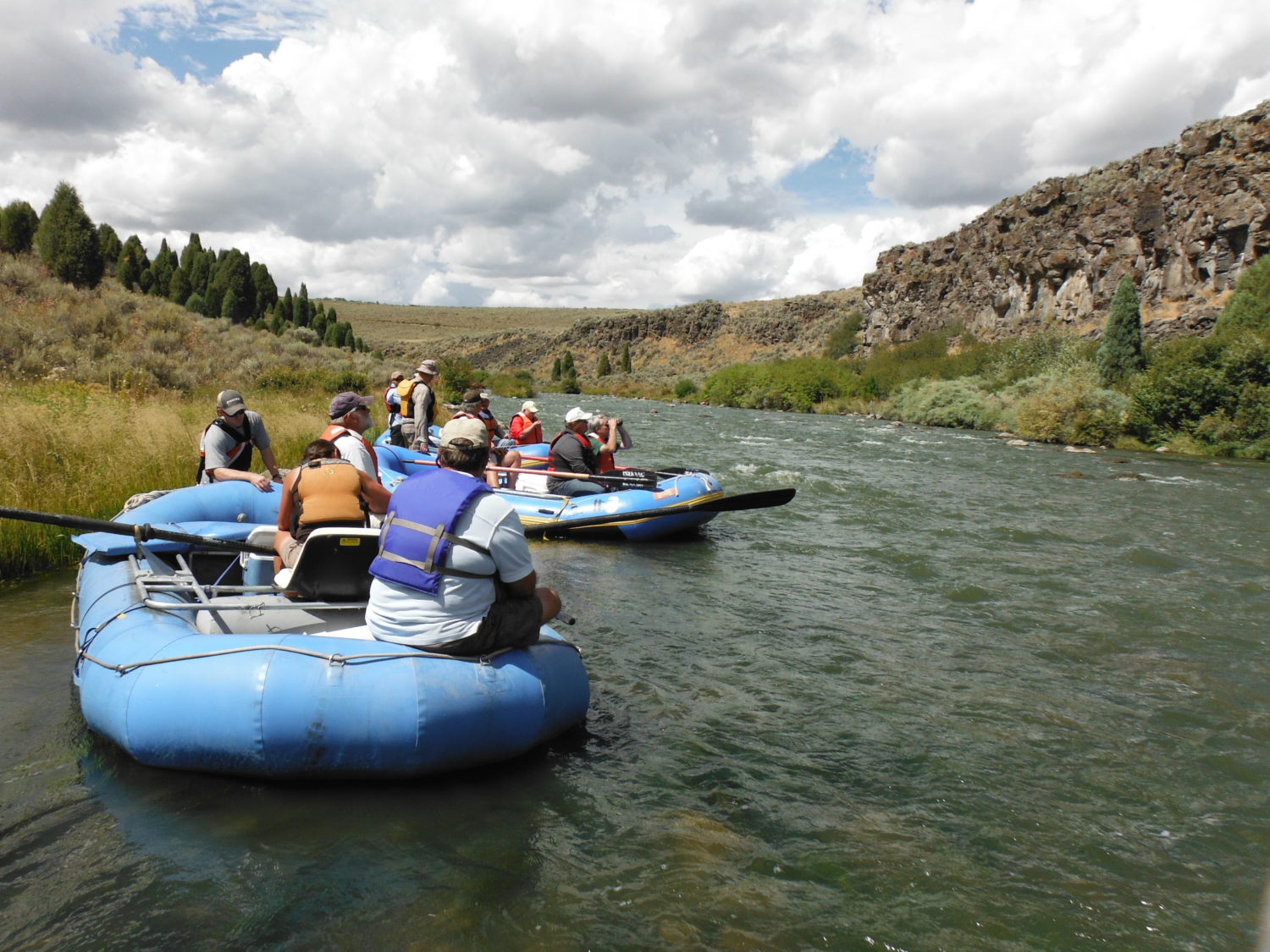
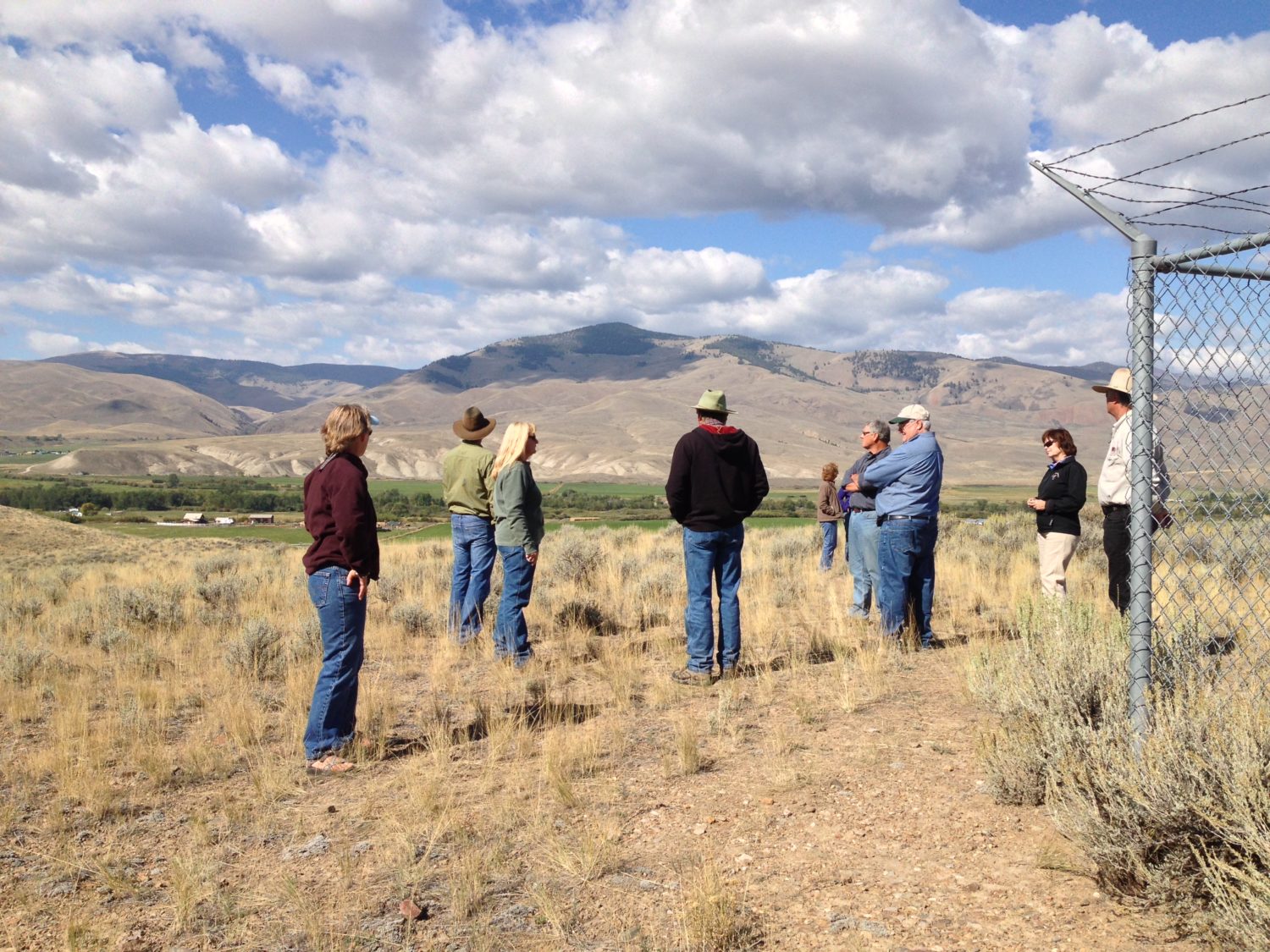
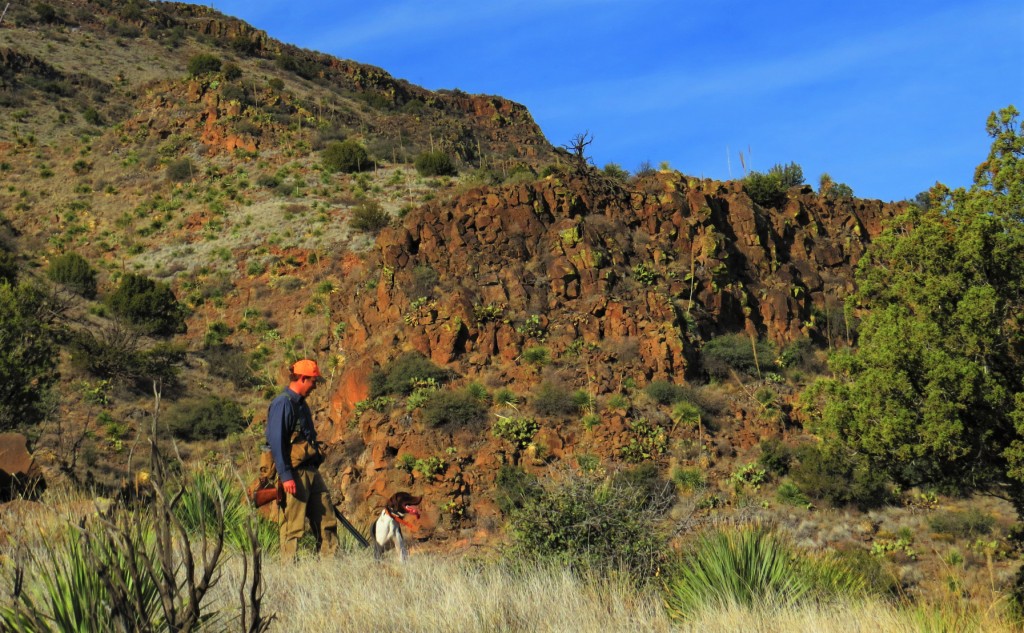
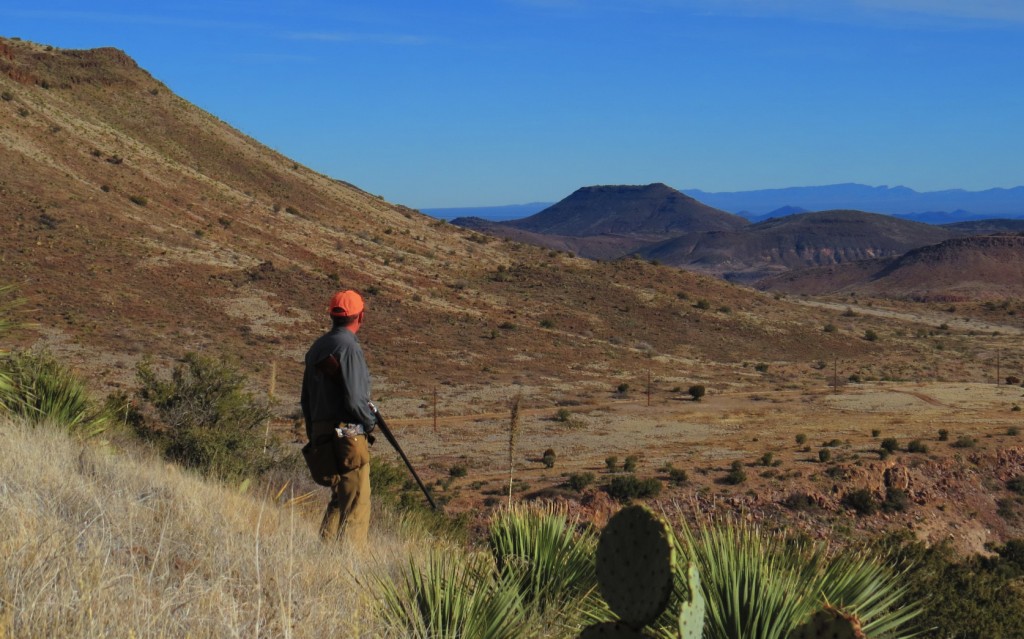
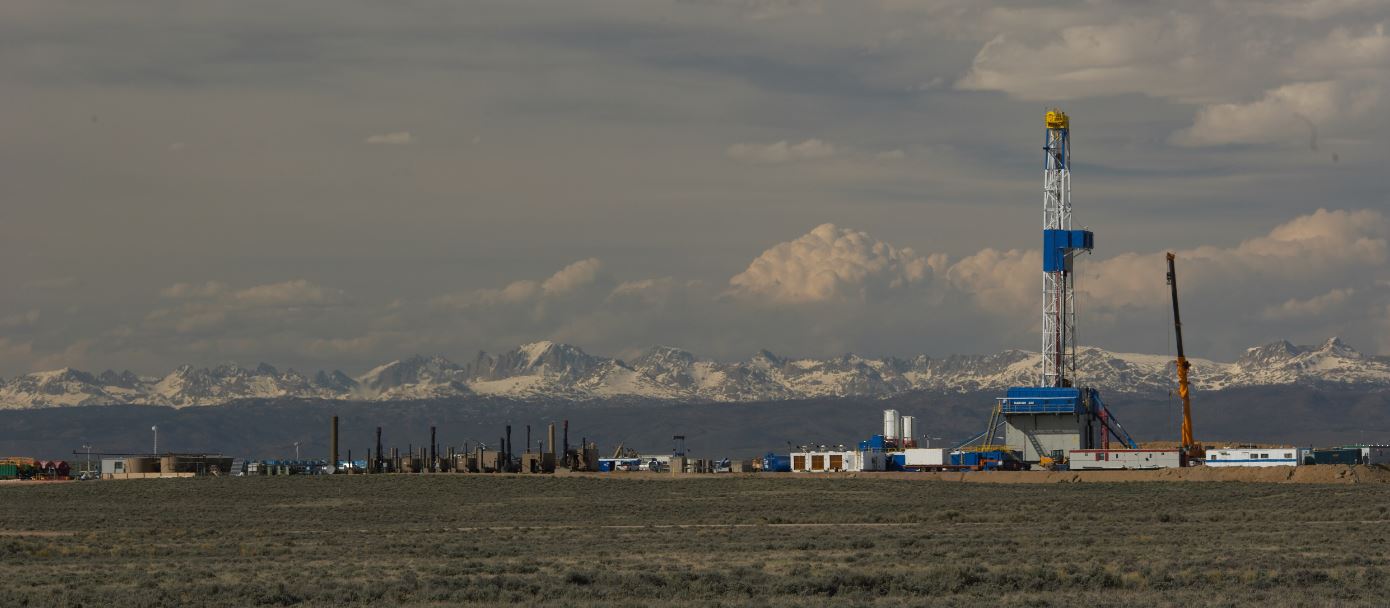
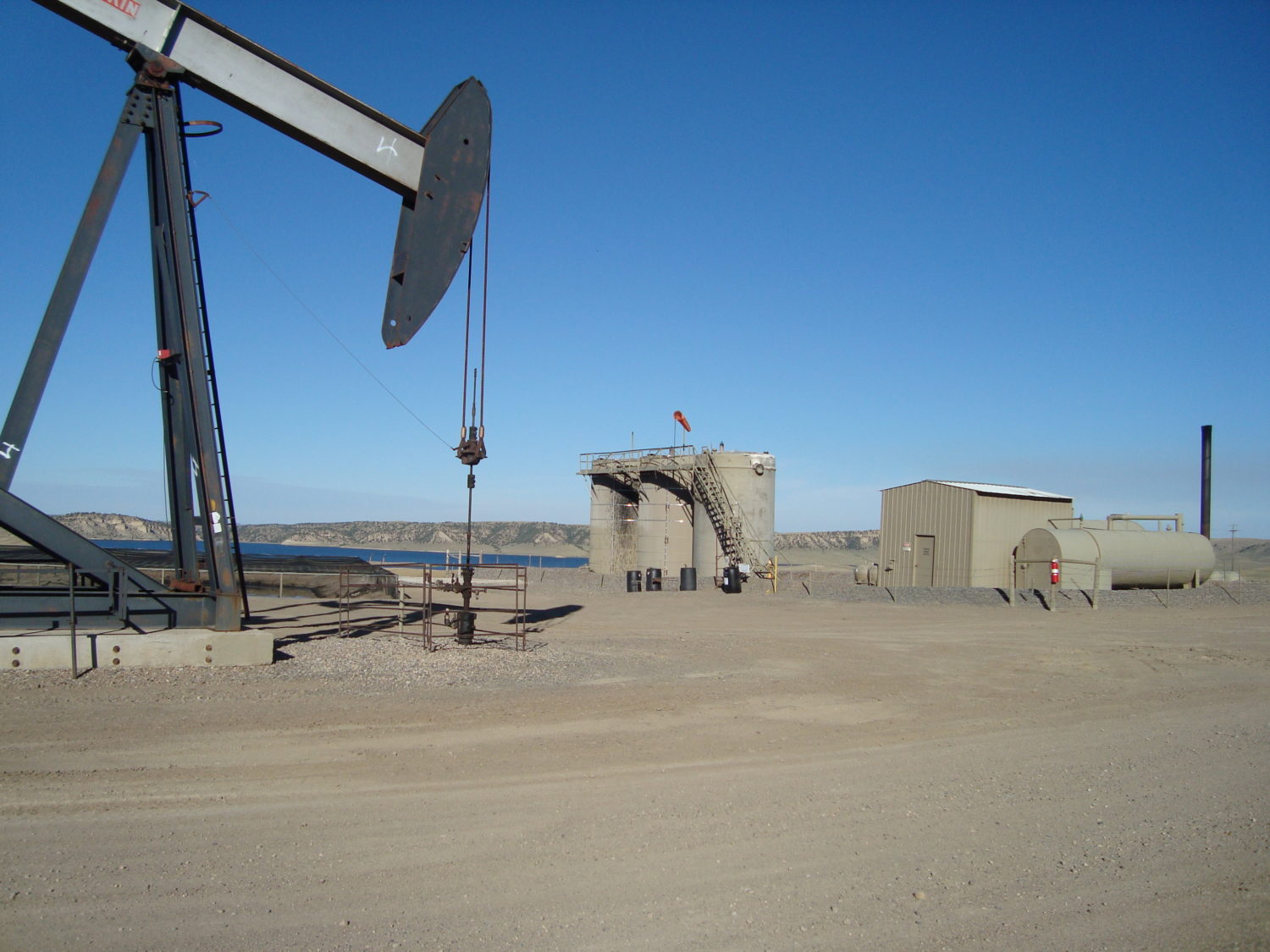




Long days….thanks for taking care of our natural resources .
Thanks, Nick, for letting me come along for your day. Good job on providing thoughtful input on behalf of both the land and me! Pat